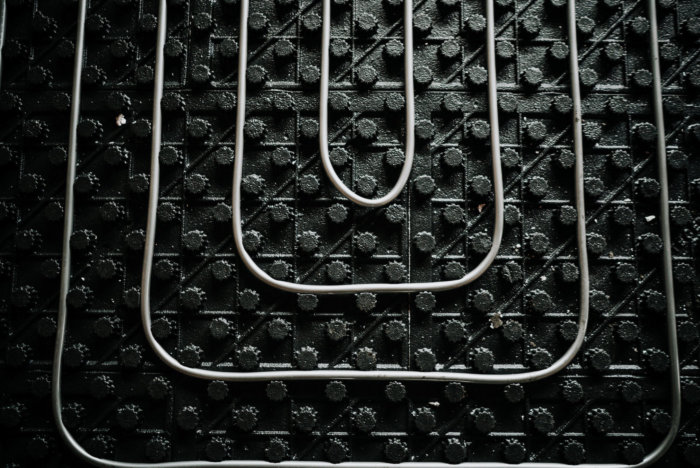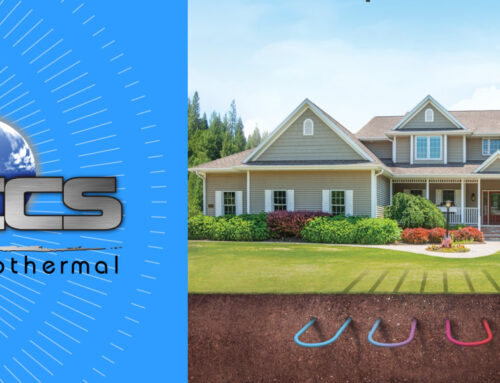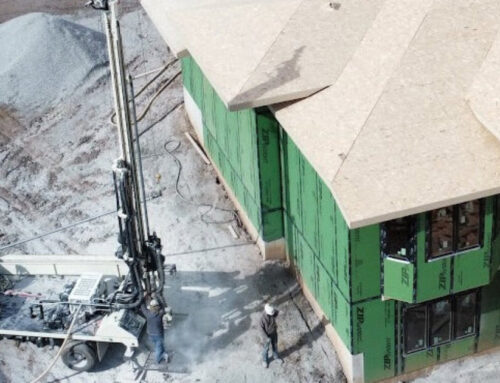One of the aspects of our business we don’t often cover is radiant floor heating. However, with winter on its way, we thought we would take some time to cover radiant floor heating.

MAINTENANCE
First, we’d like to emphasize that these systems can develop issues if you haven’t used them for extended periods of time. Like cars that haven’t left the garage in a long time, radiant floor heating systems can develop issues from no use. It would be a good idea to have your system checked before the weather starts to turn too cold. Please give us a call or submit a contact form & we can take a look and make sure your feet stay warm for the winter. Next, lets talk about a few types of radiant floor heating systems!
AIR-HEATED RADIANT FLOORS
Air cannot hold large amounts of heat, so radiant air floors are not cost-effective in residential applications and are seldom installed. Although you can combine them with solar air heating systems, those systems suffer from the obvious drawback of only producing heat in the daytime when heating loads are generally lower. In addition, the inefficiency of heating a home with a conventional furnace by pumping air through the floors at night outweighs the benefits of using solar heat during the day.

ELECTRIC RADIANT FLOORS
Electric radiant floors typically consist of electric heating cables built into the floor. Systems that feature electrical matting mounted on the subfloor below a floor covering such as tile are also available. Because of the relatively high cost of electricity, electric radiant floors are usually only cost-effective if they include a significant thermal mass such as a thick concrete floor and your electric utility company offers time-of-use rates. Time-of-use rates allow you to “charge” the concrete floor with heat during off-peak hours (approximately 9 p.m. to 6 a.m.).
Suppose the floor’s thermal mass is large enough. In that case, the heat stored in it will keep the house comfortable for eight to ten hours without any further electrical input, mainly when daytime temperatures are significantly warmer than nighttime temperatures. This saves a considerable amount of money compared to heating at peak electric rates during the day. Electric radiant floors may also make sense for home additions if extending the heating system into the new space would be impractical.
HYDRONIC RADIANT FLOORS
Hydronic (liquid) systems are the most popular and cost-effective radiant heating systems for heating-dominated climates. Hydronic radiant floor systems pump heated water from a boiler through tubing laid in a pattern under the floor. In some systems, controlling the flow of hot water through each tubing loop by using zoning valves or pumps and thermostats regulates room temperatures. The cost of installing a hydronic radiant floor varies by location and depends on the size of the home, the type of installation, the floor covering, remoteness of the site, and the cost of labor.
If you’re interested in a radiant floor heating system or need us to come to check on your systems before it gets too cold (which we highly recommend!) please get in touch with us today.

Installing ground source heat pumps since 1993
Phone: 816-532-8334
Contact Us Today for a free consultation.






